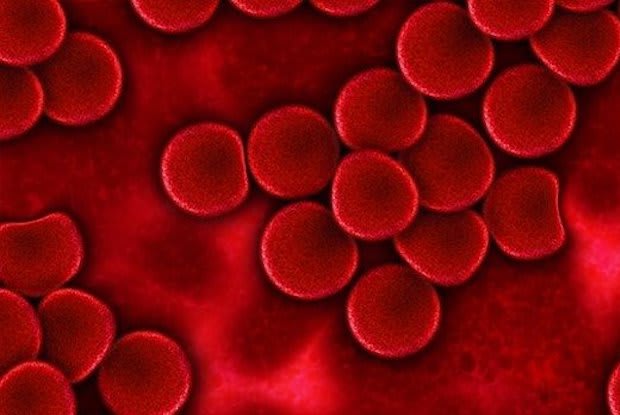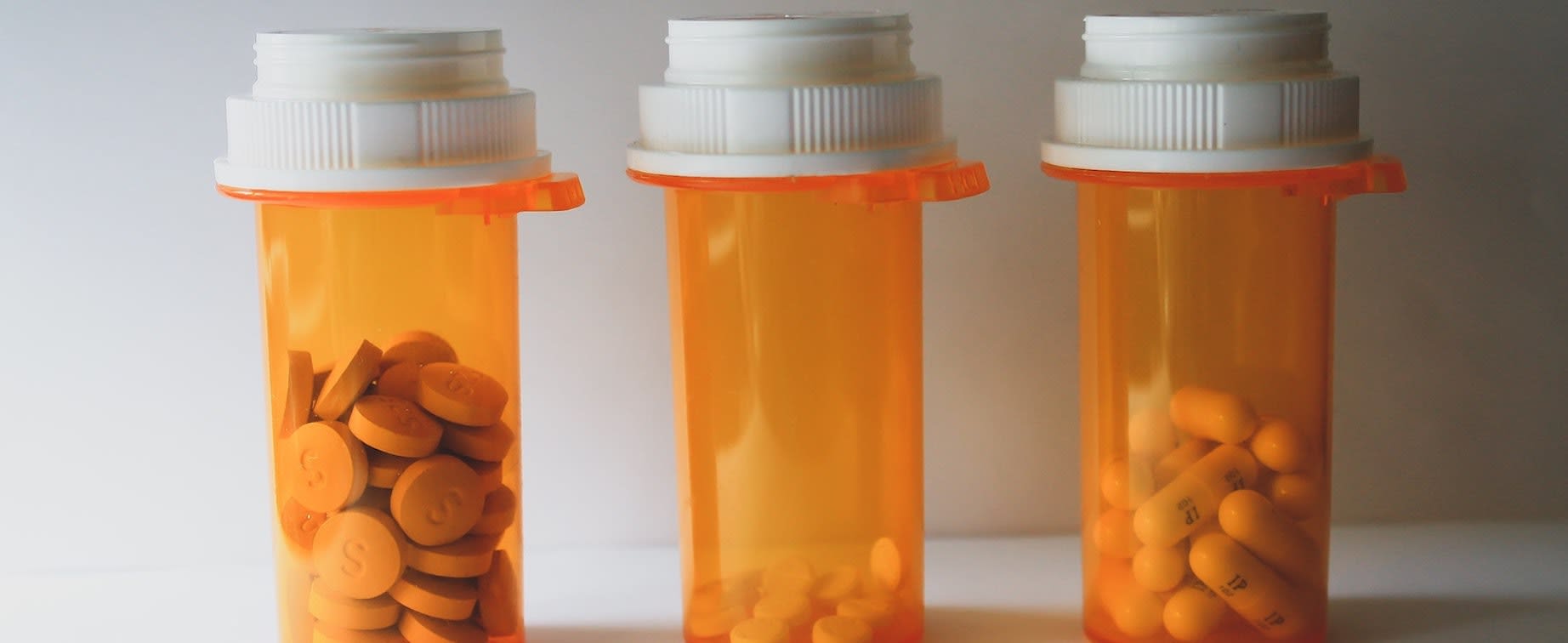Table of Contents
I. The two types of blood thinners
a. Benefits and risks of Xarelto
a. Benefits and risks of Coumadin
a. Benefits and risks of Eliquis
a. Benefits and risks of aspirin
Blood-thinners like Xarelto (rivaroxaban) are lifesaving medications for millions of people. These drugs are typically prescribed to people who have an increased risk of heart attack, stroke, irregular heart rhythm, and deep vein thrombosis. There are several medications on the market, and many people are unaware of the differences between the most common blood-thinners. Read on to learn more about some of the most popular blood thinners on the market. [1]

The two types of blood thinners
There are two different types of blood-thinners: antiplatelets and anticoagulants. Both of these medications benefit a person who is at risk for clots.
Anticoagulants: These drugs work by delaying the clotting of blood. Anticoagulants prevent clots from forming in the heart, veins, and arteries. They also keep existing clots from growing larger. Anticoagulants do this by preventing the blood cells from forming solid lumps and sticking to the artery wall. Some common anticoagulants include Xarelto, Coumadin, and Eliquis.
Antiplatelets: These drugs keep blood clots from forming by preventing blood platelets from sticking together. These drugs are typically weaker than anticoagulants and often prescribed to people at risk for future clots. The most common antiplatelet is aspirin. Some other common antiplatelet drugs can include Clopidogrel and Ticagrelor. [2]
Get savings updates for Xarelto
Xarelto overview
Xarelto (rivaroxaban) is an anticoagulant that is primarily used for the prevention of deep vein thrombosis (DVT). Xarelto is a Xa inhibitor that works by decreasing the clotting ability of blood. DVT causes harmful blood clots to form in the vessels of the legs. If these clots break off from the blood vessels, they can travel to the heart or lungs and cause a pulmonary embolism (PE). People are at a higher risk of PE after surgery that involves a hip or knee replacement. These surgeries often result in a temporary loss of mobility, which can lead to clots. [3]
Xarelto is also commonly used in patients with heart rhythm problems, like atrial fibrillation. It can also be used in conjunction with aspirin (an antiplatelet drug) to prevent further heart attacks. The FDA approved Xarelto in 2011 and, in 2017, was the 109th most commonly prescribed medication in the United States. Xarelto has over six million prescriptions in the U.S. [4]
a. Benefits and risks of Xarelto
The popularity of Xarelto is due to the fact that it does not require frequent testing. Blood thinners are not a one-size-fits-all drug, and your dosage is based on several factors, primarily your general health condition. Many blood thinners require frequent blood testing to make sure that your dosage is working correctly. Regular testing is not required for Xarelto, but your doctor will perform periodic checks on your kidney function. You may not need to check your blood levels as often, but Xarelto works quickly in the system, so missing a dose can result in serious complications. [5]
Xarelto’s side effects most often include fainting, itching, muscle pain, and muscle spasms. It is recommended to avoid contact sports because excessive bleeding may occur with Xarelto. Another rare but severe side effect can include severe spinal hematomas if this drug is used after spinal surgeries. [6]

Coumadin
Coumadin, also known by its generic name warfarin, is an anticoagulant that decreases the body’s ability to form blood clots. Warfarin does this by blocking the formation of vitamin K-dependent clotting factors that are needed to form clots. Warfarin has been used as a daily blood thinner for decades.
a. Benefits and risks of Coumadin
Unlike Xarelto or other newer medications, warfarin requires frequent blood tests to ensure correct dosage amounts. Patients on warfarin have to go into the doctor's office a few times a month to get a prothrombin time test (PT). The PT measures the time it takes for blood to clot. If that number is too low, blood clots may not be prevented, and if it is too high, there is an increased risk of bleeding. This number can change quickly, so frequent visits to the doctor are required. Your dose of this drug usually changes over time, so Coumadin pills come in different colors that correspond to varying dosages. [7]
Coumadin also stays in the system longer, so missing a dose or two is not as dangerous as with other medications, like Xarelto or Eliquis. On the downside, Coumadin interacts quite frequently with food, which requires its users to be overly-conscious of their diet. Because Coumadin interacts with vitamin K, patients need to watch their intake of vitamin K rich foods, like leafy greens. An excess of vitamin K can lessen Coumadin’s effectiveness and put you at a higher risk for bleeding. Coumadin is a popular option because it has generic forms (warfarin) and is typically much less expensive than its competitors. The drug is less costly, but frequent visits to the doctor’s office may offset these savings. [5]
Eliquis
Eliquis (apixaban) has many similarities to Xarelto. Both medications are anticoagulants and Xa inhibitors that resist blood clotting and dangerous embolisms in those with atrial fibrillation. Either drug can be prescribed after a knee or hip replacement surgery.
a. Benefits and risks of Eliquis
Eliquis also does not require frequent testing, which is a benefit for many people. Side effects of Eliquis can include skin rash, an allergic reaction to inactive ingredients in the drug, fainting, nausea, and anemia. Eliquis has more reported drug interactions than its similar counterpart Xarelto. Eliquis can interact with heparin, antidepressants, antifungals, HIV/AIDS medications, salicylates (aspirin, Pepto-Bismol), and blood pressure medications. If you are taking a combination of anticoagulant and aspirin, drug interactions may make Eliquis an unsafe option.
Unlike most other blood-thinners, Eliquis typically needs to be taken twice a day. You must be vigilant with your drug schedule because Eliquis leaves the body quickly, and complications from a missed dose may be dangerous. A twice-daily medication doubles your risk of forgetting your pill, so it may be necessary to set timers on your phone, so you remember to take your medicine and prevent any adverse side effects. [8]

Aspirin
Aspirin is a non-steroidal anti-inflammatory drug (NSAID) that is used for many conditions. When your body becomes injured, the damaged tissue releases a chemical called prostaglandins. Prostaglandins cause the damaged tissue to swell. Aspirin works by blocking the effects of enzymes that create prostaglandins, which results in less swelling and pain.
Aspirin can relieve aches and pains in the body, but can also reduce the risk of heart attacks and certain strokes. This antiplatelet drug prevents platelets from clotting in the arteries, which improves blood flow to the heart and brain. Aspirin, depending on the dose, is regarded as the only over the counter pain reliever to have lifesaving benefits.
a. Benefits and risks of aspirin
As discussed above, antiplatelet drugs are less powerful than anticoagulants and are typically used for prevention purposes. A low-dose daily aspirin treatment plan can be used to prevent cardiovascular disease. It can also be used to manage heart disease caused by high blood pressure, stress, smoking, and diabetes. Aspirin treatment plans may be recommended for those 40 to 70 years old. Those over 70 are at an increased risk of bleeding, so they will have to find an alternative to aspirin.
Aspirin is not advised for everyone, so be sure to talk to your doctor if you have experienced a heart attack, ischemic stroke, or undergone a heart procedure in the past. Many people who do not have pre-existing heart problems find aspirin a cheap and easy way to reduce their risk of blood clots. [9]

So what’s the consensus?
As is the case with many medications, there are pros and cons to every drug. The effectiveness of the medication depends on dozens of factors, including pre-existing conditions and genetics. Among those factors, price is also a huge consideration for many Americans. Patients may prefer to pay a higher price for Xarelto and Eliquis to forfeit frequent blood testing, whereas others may find aspirin or Coumadin a suitable fit for them.
Regardless of which drug is right for you, online pharmacy referral services like Canada Med Pharmacy can help you find the prescription drugs you need from licensed international fulfillment centres and/or pharmacies. A typical 30-day dose of Xarelto can cost upwards of $500 in the States, but that price is reduced to around $200 when you look outside of the USA. Visit our website to find discounted generic and brand name blood-thinners today. [10]
The content in this article is intended for informational purposes only. This website does not provide medical advice. In all circumstances, you should always seek the advice of your physician and/or other qualified health professionals(s) for drug, medical condition, or treatment advice. The content provided on this website is not a substitute for professional medical advice, diagnosis or treatment.
